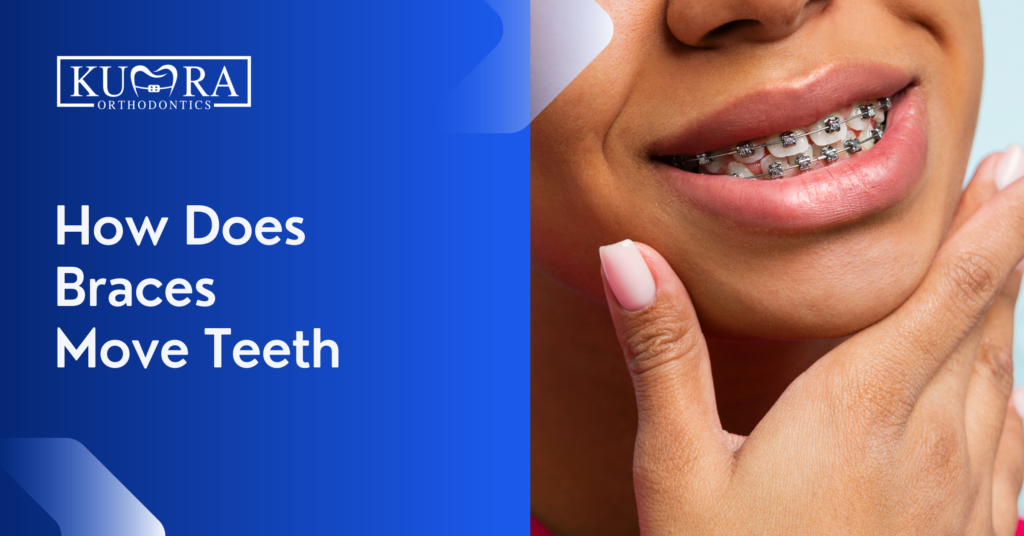Get This Report on Legacy Orthodontics
Get This Report on Legacy Orthodontics
Blog Article
5 Simple Techniques For Legacy Orthodontics
Table of Contents9 Easy Facts About Legacy Orthodontics ShownGet This Report on Legacy OrthodonticsLittle Known Questions About Legacy Orthodontics.Legacy Orthodontics - The FactsNot known Incorrect Statements About Legacy Orthodontics
In addition, we offer flexible therapy routines, adaptable repayment options and a fun, pleasurable experience.An orthodontist is a dental professional educated to diagnose, protect against, and treat teeth and jaw abnormalities. Orthodontists work with people of all ages, from children to grownups.
Malocclusion, or misaligned teeth, can bring about dental problems, consisting of tooth decay, periodontal condition, and tough or agonizing eating. Yet not everybody is birthed with straight teeth. If you have a poor bite or large spaces between your teeth, you might wish to consult a dental practitioner concentrating on orthodontic treatment.
The Best Guide To Legacy Orthodontics
( Photo Credit: DigitalVision/Getty Images) Orthodontists use repaired and removable oral gadgets, like dental braces, retainers, and bands, to transform the placement of teeth in your mouth. Orthodontic therapy is for oral abnormalities, including: Crooked teethBite troubles, like an overbite or an underbiteCrowded teeth or teeth that are also much apartJaw misalignmentThe goal of orthodontic treatment is to improve your bite.
A healthy and balanced bite ensures you can consume, eat, and speak properly. While you might think about orthodontists as mostly for children or teenagers who need dental braces, they can remedy dental troubles at any age. Orthodontists attend university, dental institution, and orthodontic college. After college graduation, they spend 2 or 3 years in an orthodontic residency program.
All orthodontists are dental professionals, yet not all dental experts are orthodontists. Orthodontic residency programs supply extensive, concentrated instruction for dental specialists. They concentrate on two areas: Exactly how to appropriately and securely relocate teeth Exactly how to properly assist advancement in the teeth, jaw, and faceOnce an orthodontist has finished training, they have the alternative to become board accredited.
A Biased View of Legacy Orthodontics
Misalignment, or malocclusion, is the most usual reason individuals see an orthodontist. It is hereditary and is the result of size differences between the top and lower jaw or between the jaw and teeth. Malocclusion causes tooth congestion, an irregular jaw, or uneven bite patterns. Malocclusion is usually treated with: Your orthodontist connects metal, ceramic, or plastic square bonds to your teeth.
If you have only minor malocclusion, you might be able to utilize clear braces, called aligners, as opposed to conventional braces (https://packersmovers.activeboard.com/t67151553/how-to-connect-canon-mg3620-printer-to-computer/?ts=1727695183&direction=prev&page=last#lastPostAnchor). Some individuals require a headgear to help relocate teeth into line with stress from outside the mouth. After braces or aligners, you'll require to use a retainer. A retainer is a personalized gadget that maintains your teeth in location.
They can create added room in the mouth without having to pull teeth. Orthodontists make use of wires, medical screws, or plates to sustain your jaw bone.
You might need to see an orthodontist if you have: Crowding or otherwise sufficient space for every one of your teethOverbite, when your top teeth come your bottom teethUnderbite, when your base teeth are too much forwardSpacing or concerns with gapsCrossbite, which is when your top teeth fit behind your bottom teeth when your mouth is closedOpen bite or a vertical gap between your front base and top teethMisplaced midline, when the center of your base and top teeth do not line up Remedying a dental malocclusion can: Make attacking, chewing, and talking easierImprove the symmetry of our face and your general appearanceEase discomfort from temporomandibular joint disordersSeparate your teeth and make them less complicated to cleanse, helping protect against dental cavity or dental caries It's commonly a dental expert who initially notices misaligned teeth throughout a regular test.
What Does Legacy Orthodontics Do?

During your initial orthodontic examination, you'll likely have: A dental examPhotos taken of your face and smileDental X-raysPanoramic (360 degree) X-rays of your face and headImpressions to create molds of your teethThese examinations will aid your orthodontist know exactly how to wage your treatment. orthodontist. An orthodontist is a dentist that's had training to treat your teeth and jaw
An orthodontist is focused on your bite, so something like a cracked tooth would be dealt with by a dentist. Orthodontists are focused on your bite, or the means your teeth fit together, and the straightness of your teeth.
Ever questioned how stars always seem to have completely lined up teeth? The response frequently hinges on the knowledgeable read hands of an orthodontist. What specifically does an orthodontist do? Orthodontists are dental professionals that focus on correcting irregularities in the teeth and jaws. Their competence goes beyond simply creating a lovely smile; it extends to enhancing your total oral wellness and feature.
The smart Trick of Legacy Orthodontics That Nobody is Discussing

While dental braces are one of the most generally acknowledged orthodontic treatment, orthodontists have a varied toolkit at their disposal. The specific technique chosen relies on the intensity of the situation, the client's age, and individual preferences. These tried-and-true dental braces use a system of braces bound to the teeth and connected by cords.
Clear aligners, like Invisalign, are a popular alternative for individuals looking for a more very discreet treatment option. These detachable trays are customized to gradually move the teeth's placement. Headwear may be used combined with dental braces or aligners to apply extra targeted pressures, especially for correcting jaw disparities. In situations of slim jaws, palatal expanders can be used to develop space for appropriate tooth positioning.
Report this page